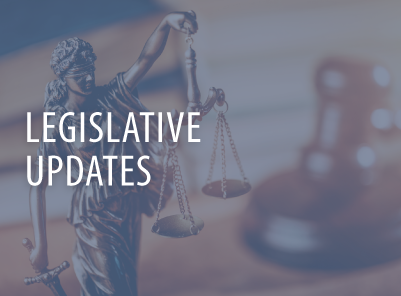Many employers are considering whether to increase the maximum Dependent Care Assistance Program (DCAP) reimbursable amount from the normal $5,000 to $10,500 as permitted by the American Recovery Program Act (ARP). What should employers consider when making this decision?
A benefit of implementing the increased contribution amount is that it will be easier to guarantee at least $10,500 in tax-free reimbursement through payroll. However, there may be other options for employees if employers choose not to expand the election amount for 2021.
Specifically, employees may be able to claim daycare expenses over $5,000 on their tax return as a dependent care tax credit (which is a different program than the DCAP). The dependent care tax credit, normally with limits of $3,000 for a single child and $6,000 for more than 1 child, was increased to $8,000 for a single child and $16,000 for more than one child for 2021. The employee could work with their tax adviser to claim expenses that were not submitted to the DCAP for reimbursement (since no double-dipping permitted) as a dependent care tax credit.
Ultimately, whether or not claiming the amounts as a dependent care tax credit is more advantageous than claiming them through a DCAP may depend on the employee’s household income.
The cons of increasing the amount seem to be:
-
A lack of clarity for how to handle up to $10,500 in contributions added to carryovers or grace periods from 2020 (for example, if the individual is reimbursed during 2021 above and beyond $10,500, we’re assuming the excess would be taxable).
-
For a non-calendar year plan, it may be a little trickier to allow and track increased contributions because the increased limit applies only for the 2021 calendar year, even for a non-calendar year plan. The employer could choose to allow increased contributions for the remainder of the 2020 plan year and/or allow increased contributions for the first part of the 2021 plan year. In either case, employees should not receive reimbursement over $10,500 for the 2021 calendar plan year on a tax-favored basis.
-
For DCAP plans that already struggle to pass discrimination testing, especially the 55% average benefits test, increasing the contribution limits, especially for highly compensated individuals, may make the plan even less likely to pass. We’re not aware of any specific relief for §129 nondiscrimination rules related to this increase. Therefore, just as in other years, if a plan is discovered by the IRS to fail discrimination testing, the IRS could tax the benefits received by the highly compensated individuals.
There is not a clear advantage or disadvantage to adopting the increase in allowable DCAP expenses, so ultimately employers will need to weigh the factors discussed above in light of their unique circumstances. Knowing that the dependent care tax credit is available as another potential avenue for employees may prove reassuring for employers who are hesitant to expand the maximum, while other employers may feel that the payroll benefit outweighs some of the potential negatives.
Please reach out to BCC with any questions about what you should be considering with the increase in Dependent Care Assistance Program.




